The Ongoing Story of Chile’s Signature Wine
Carmenère was lost, then found, and is now being reimagined.

Many examples of Chile’s signature red wine, carmenère, are appreciated for their richness, complexity, structure, and balance. But that style–still a minority in the mass of carmenères on the market–is the culmination of decades of dedicated work in Chile’s vineyards and cellars. There’s no wine story like it, and it began with the discovery, 30 years ago this year, of a grape variety that had been hiding in plain sight for more than a century.
Originally from Bordeaux, carmenère wasn’t replanted there after most of France’s vineyards were killed by the phylloxera aphid in the late 1800s. Cabernet sauvignon, merlot, cabernet franc, malbec, and petit verdot–the best-known red Bordeaux varieties–were all replanted, but not carmenère. Why? Carmenère took longer to ripen, and in many years it didn’t, and it added greenness to the wines. It also didn’t take well to grafting on American vines, which was the solution to the phylloxera problem. No longer planted in Bordeaux’s vineyards, carmenère seemed to disappear, and it was believed extinct.
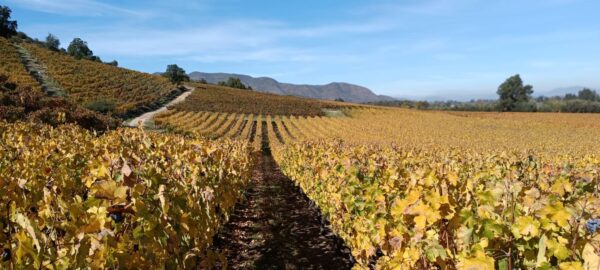
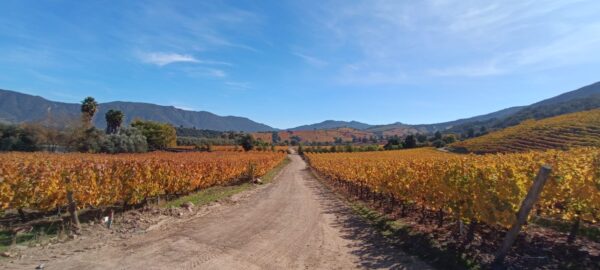
But carmenère vines, along with the other Bordeaux varieties, had been planted in Chile in the mid-1800s, before the phylloxera disaster, as wine producers there wanted to replicate the Bordeaux wines then considered the best wines in the world. Rather than separate varieties in their vineyards, many Chilean producers followed the practice in many parts of Europe and planted varieties randomly. When variety-specific vineyards were planted in Chile in the 20th century, carmenère was thought to be a type of merlot, and it was planted with the merlot vines.
In 1994, a French vine expert visiting Chile’s Carmen winery was walking in the merlot vineyards and noticed some vines were not merlot. Although he had never come across a carmenère vine in France, he had seen drawings of the leaves in 19th-century books and identified the vines as carmenère.
The rest would be history, but the story wasn’t over. Chile’s wine authorities gave wineries some time to separate the carmenère from the merlot vines, and winemakers were then faced with having to learn how to grow carmenère and make wine from it. It ripens very late, and it has unpleasant green flavours if it’s not fully ripe. But it’s a balancing act, because as it reaches optimal ripeness, it tends to lose acidity.
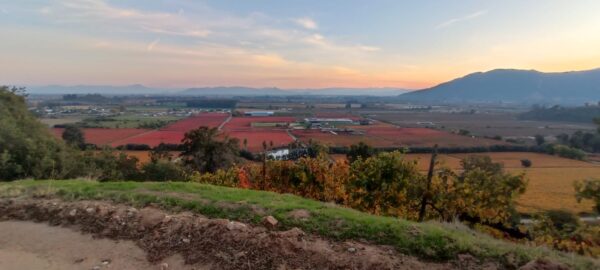
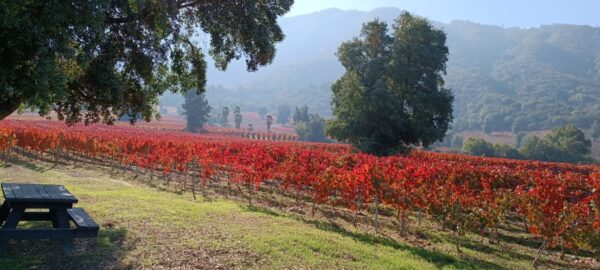
Getting carmenère right involved finding the right locations in terms of soil and climate that would bring the grapes to ripeness with balanced acidity. Then there was how to treat the wine. At first, many winemakers used new oak barrels to try to cover any greenness, but the general rule now is to use older barrels or no oak at all. There are some stunning results, and they justify thinking of carmenère as Chile’s signature wine.
All the work has paid off, and you can see them in wines like Montes Alpha Carmenère, aged 12 months in French oak and showing full-on ripe dark fruit that’s well structured and complemented by fresh, balanced acidity. San Pedro 1865 Selected Vineyards Carmenère is a lighter but no less flavourful effort, with savoury notes punctuating the dark and red fruit. Santa Rita Floresta Carmenère sports primarily red fruit in its layered, nuanced palate, and fresh, calibrated acidity.
Modern, good-quality carmenères from Chile like these are the result of decades of commitment to the variety. They’re well worth seeking out.
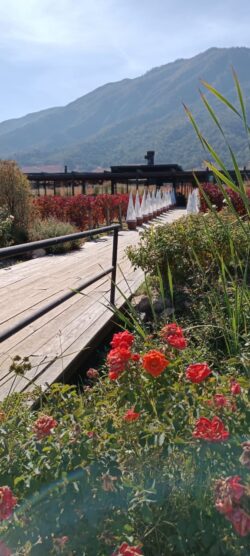
Chilean carmenères
Luma Chequen Gran Reserva Carmenère 2021 (Maule Valley)
Montes Alpha Carmenère 2021 (Colchagua Valley)
San Pedro 1865 Selected Vineyards Carmenère 2022 (Colchagua Valley)
Santa Rita Floresta Carmenère 2021 (Apalta, Colchagua Valley)
Santa Rita Medalla Real Gran Reserva Carmenère 2022 (Colchagua Valley)
Ventisquero Root 1 Carmenère 2022 (Colchagua Valley)




